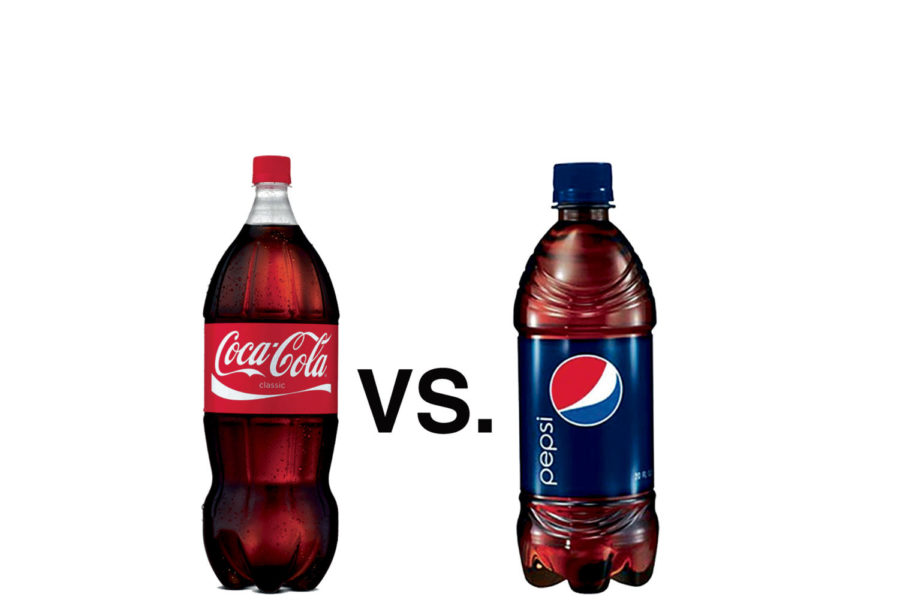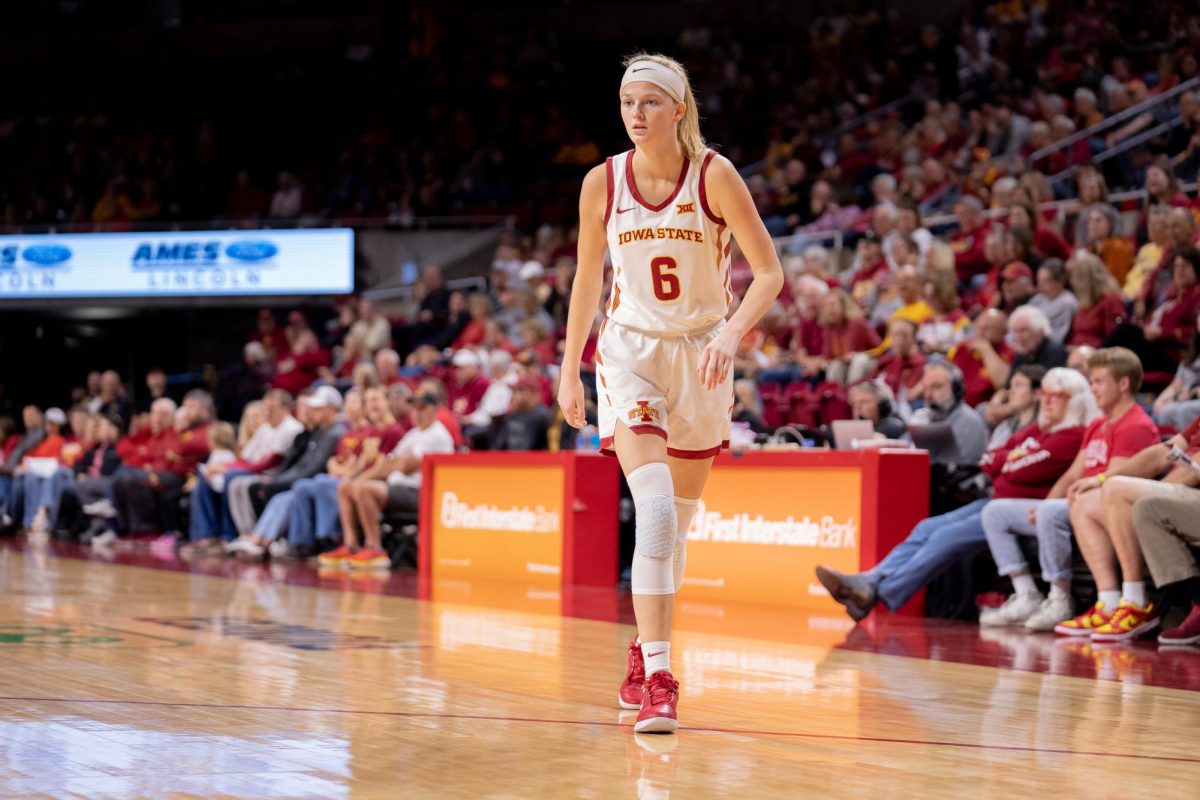Belding: Among the ties that bind, we find Coca-Cola
September 6, 2012
Eventually, every college student needs a quick dose of caffeine. Inevitably, there comes a point at which the source of the caffeine is irrelevant. A student who ordinarily prefers hippity-dippity coffees may very well find himself in a bind where upholding preference is not convenient.
At least, that’s what happened to me toward the end of my freshman year.
Until that time, I was not a pop/soda/soda pop drinker. But I quickly converted, recanting my ways. At first, I was a devotee of PepsiCo’s Mountain Dew — until I realized that I can get a combination of lime and lemonade just about anywhere. Quickly, I adopted Coca-Cola as a substitute.
It exceeded my wildest expectations. Those expectations were blown away for a second time when a friend insisted I try a Vanilla Coke. Since then, I may or may not have developed a kind of dependency on Vanilla Coke as a source of caffeine and sugar. One of my most noticeable faults is that, separated from the stuff — which can be referred to as anything from “tasty life medicine” to nectar of the gods, or described with the panicky adage that “there’s blood in my caffeine” — my pleasantness melts into bitterness and my charm dissipates into a series of snarky comments.
In many ways, Coke is one ingredient in the glue that holds my life together.
That function is duplicated on a national and even worldwide scale. All over the place, the word Coca-Cola is recognized. One of the most popular articles of clothing acquired by Americans abroad is a red T-shirt with white letters. Without hesitation, those letters are identified as “Coca-Cola.” In that Coke is such a readily identifiable piece of Americana, with its contour bottle on shelves everywhere, it serves almost as an emissary to all the corners of the globe.
Pepsi might be a little better at pushing the envelope of taste and, although the underdog in the Coke-Pepsi rivalry, be a close competitor to Coca-Cola; but they have so far been unable to ingrain themselves into American culture.
The fonts and colors associated with Coca — especially for the vanilla-flavored incarnation of their nectar — might be the most aesthetically pleasing and elegant execution of design since Mona Lisa’s smile. That elegance (which Pepsi lacks) ties in to our popular culture connections between Coke and the Christmas season or Coke and picnicking neighbors.
Every winter, commercials and merchandise that connect Coca-Cola to Arctic polar bears and Santa Claus hit the airwaves and stores. The elegance of those things show that “big business” can still be classy, that industrial development and a potentially toxic combination of sugar, caffeine and caramel can be good for you in moderation. The predictability of the polar bears serves to regularize our cultural expectations.
And the Coke commercials that precede movies and appear on television — think here of their slogan “Open happiness” — remind us that a little common material culture, even if it is only a drink, can go a long way toward fostering community relationships. That might seem shallow, but give it a minute of second thought. Opening your first Coke of the day, have you ever remained upset for long? Something about the ice-cold combination of syrup, water and fizz puts us in a good mood.
To put it bluntly: Coca-Cola is a worldwide provider of what, in diplomacy, is called “good offices.” Without it, we would surely be worse off. When it’s around, we hardly notice its presence because the idea that life should be comfortable and conform to a certain standard just goes without saying at this point in our history.
Maybe it’s disturbing that such a for-profit entity is such an important and recognized American institution. But undeniably, Coca-Cola is as American as apple pie in a way that its competitors are not.







